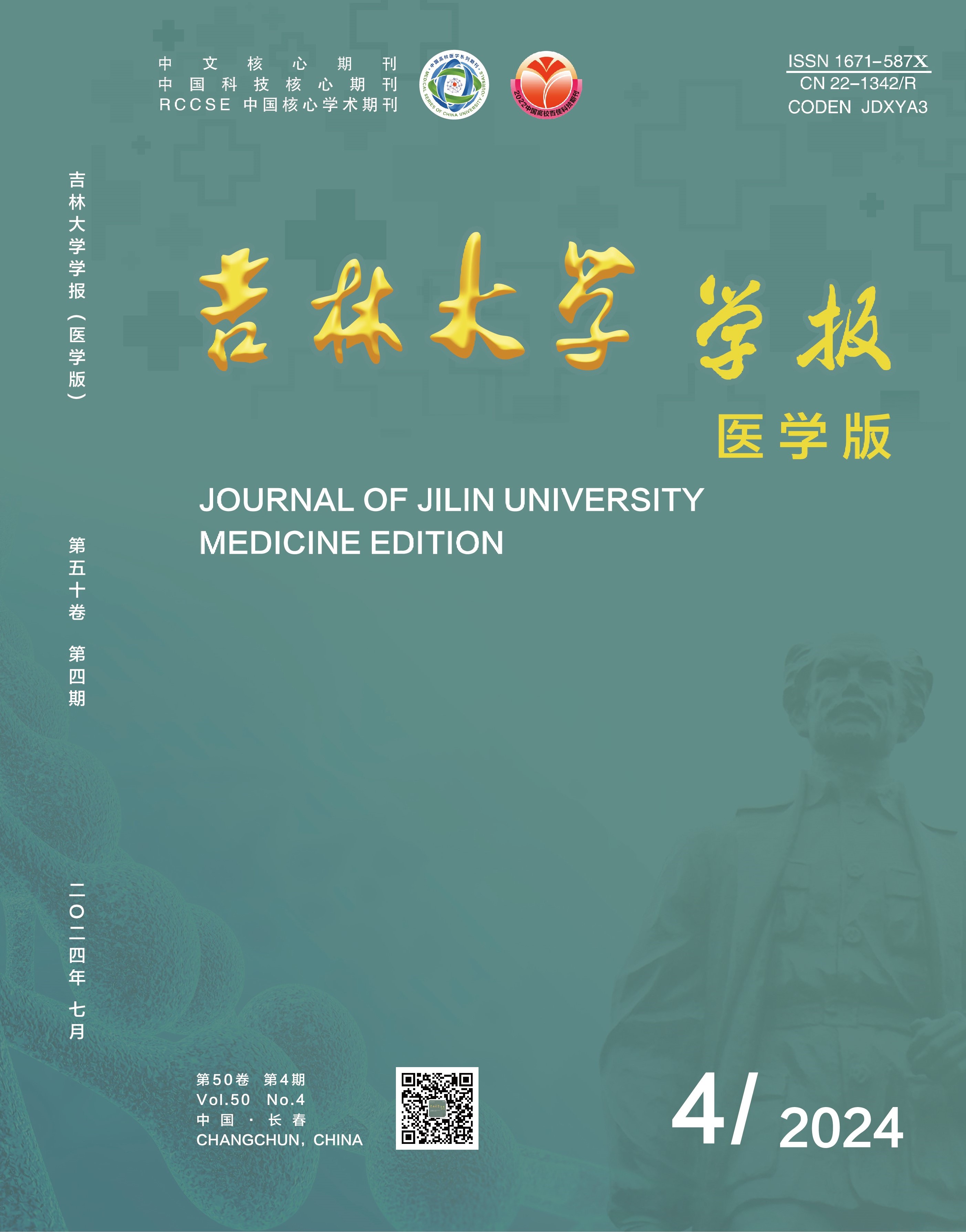Objective To disuss the effect of glucagon like peptide-1 receptor (GLP-1R) agonist Exendin-4(E4) on injury of cardiomyocytes in the hyperglycemia and hyperlipidemia(HGHL) environment, and to clarify its related mechanism. Methods The H9C2 cardiomyocytes of the rats were divided into control group, HGHL group, HGHL+E4 group, HGHL+E4+iron death agonist(Erastin) group.The HGHL model of the H9C2 cells was induced by 33 mmol·L-1 glucose and 500 μmol·L-1 palmitate,and the cells in HGHL+E4 group and HGHL+E4+Erastin group were treated with 100 nmol·L-1 E4 and 5 μmol·L-1 Erastin. CCK-8 assay was used to detect the survival rates of cells in various groups; Hoechst 33258 fluorescence staining was used to observe the apoptosis of cells in various groups; flow cytometry was used to detected the apoptotic rates of cells in various groups;2',7'-dichlorodihydrofluorescein diacetate(DCFH-DA) fluorescence probe was used to detect the levels of reactive oxygen species (ROS) in the cells in various groups; the corresponding kit was used to detect the levels of glutathione (GSH) and malondialdehyde (MDA) in cells in various groups;JC-1 staining was used to detect the mitochondrial membrane potential (MMP) in cells in various groups; FerroOrange fluorescence probe was used to detect the levels of Fe2+ in the cells in various groups; Western blotting method was used to detect the expression levels of glutathione peroxidase 4 (GPX4) and solute carrier family 7 member 11(SLC7A11) in the cells in various groups. Results Compared with control group, the survival rate of cells in HGHL group was decreased (P<0.05),and the cells were fragmented and collapsed, which showed apoptotic morphology;the apoptotic rate and the levels of ROS and MDA in the cells were increased(P<0.05), the levels of GSH and MMP were decreased(P<0.05), the level of Fe2+ was increased(P<0.05),and the expression levels of GPX4 and SLC7A11 proteins were decreased(P<0.05).Compared with HGHL group, the survival rate of the cells in HGHL+E4 group was increased (P<0.05),and the apoptosis was decreased;the apoptotic rate and the levels of ROS and MDA were decreased(P<0.05), while the levels of GSH and MMP were increased(P<0.05), the level of Fe2+ was decreased(P<0.05), and the expression levels of GPX4 and SLC7A11 proteins were decreased (P<0.05).Compared with HGHL+E4 group, the survival rate of the cells in HGHL+E4+Erastin group was decreased(P<0.05), the cell fragmentation and wrinkling were obviously decreased,the apoptotic rate and the levels of ROS and MDA were increased(P<0.05), the levels of GSH and MMP were decreased(P<0.05), the level of Fe2+ was increased(P<0.05),and the expression levels of GPX4 and SLC7A11 proteins were decreased(P<0.05). Conclusion GLP-1R agonists can reduce the cardiomyocyte injury in the HGHL environment, and the protective effect may be related to inhibiting the iron death.

 Table of Content
Table of Content
 Guide to Authors
Guide to Authors


